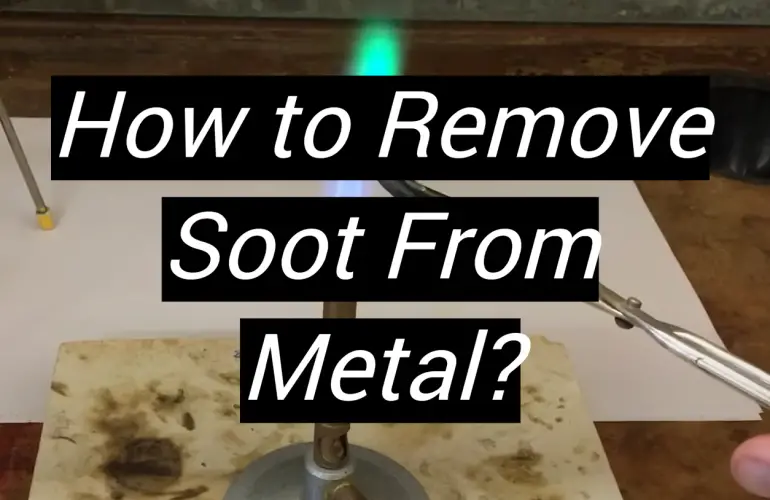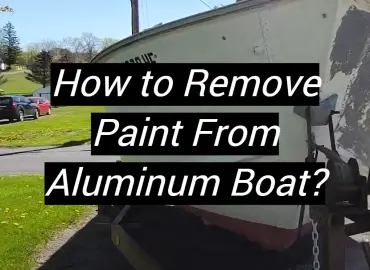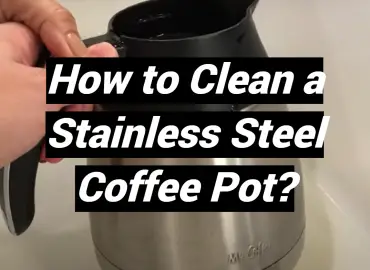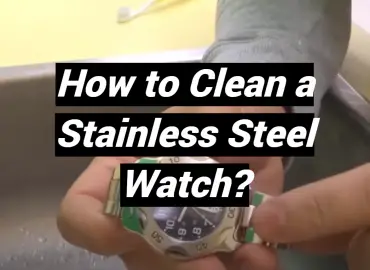Soot is a black, powdery substance that is produced by the burning of fuel. If you have ever had a fire in your home, you are probably familiar with soot. Soot can also be produced by engines and other types of machinery. If it is not cleaned up quickly, soot can damage surfaces and create a fire hazard [1].
There are a few different ways that you can remove soot from metal:
- One way is to use a chemical cleaner. You can purchase these cleaners at most hardware stores;
- Another way to remove soot is to use a wire brush. This method will require some elbow grease, but it will get the job done;
If you have soot on your metal surfaces, it is important to clean it up as soon as possible. Soot can be damaging and dangerous if it is not removed properly. With a little bit of time and effort, you can get rid of the soot and keep your metal surfaces looking new.
In this blog post, metal experts will discuss how to remove soot from metal surfaces.
What is Soot?
Soot is a type of smoke that gives things a blackened or discolored appearance. It’s mainly composed of carbon particles produced by burning anything.
Soot can be difficult to remove once it’s settled on surfaces like metal. The good news is that there are some tried-and-true methods for getting rid of soot stains. Below are a few of the most effective ways to clean soot off metal.
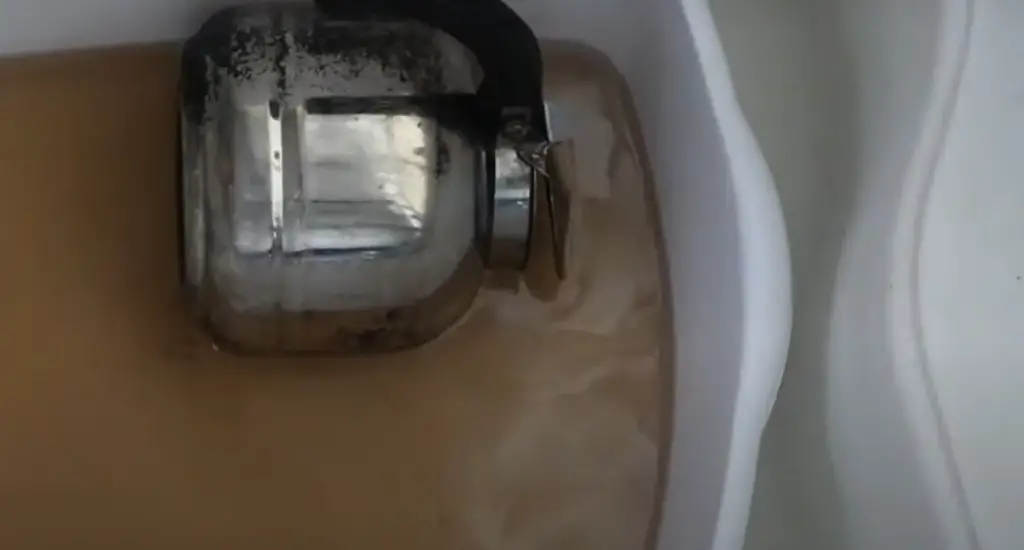
Before starting any cleaning project, it’s important to test your chosen method in an inconspicuous spot first. This will help you avoid damaging the metal or making the stain worse.
How to Remove Soot From Metal: Effective Methods
Soot Sponge
To clean sooty metal, use a soot sponge. These sponges must be cleaned using a dry cleaning process, so don’t moisten or wet them with any solvent.
Also, don’t scrub the soot or metal since this will cause it to smear and spread. Sweep or wipe the soot in one direction instead of scrubbing it [3].
Some individuals, on the other hand, just chop off the soot-stained portions of the rubber sponges and continue using them in a continuing cleaning session rather than getting another fresh one and then tossing away the leftovers.
Nylon Brush
To remove soot from metal, you can also use a nylon brush. This is especially useful if the soot is on textured metal or in hard-to-reach places. Just be sure not to use too much pressure when brushing so that you don’t damage the metal.
If the soot is stubborn, you can also add a cleaning solution to the brush before scrubbing. Just be sure to rinse off the metal afterward with water to remove any residue.
Lambswool Duster
Another tool that can be used to remove soot from metal is a lambswool duster. This type of duster will attract and hold onto the soot, making it easy to remove.
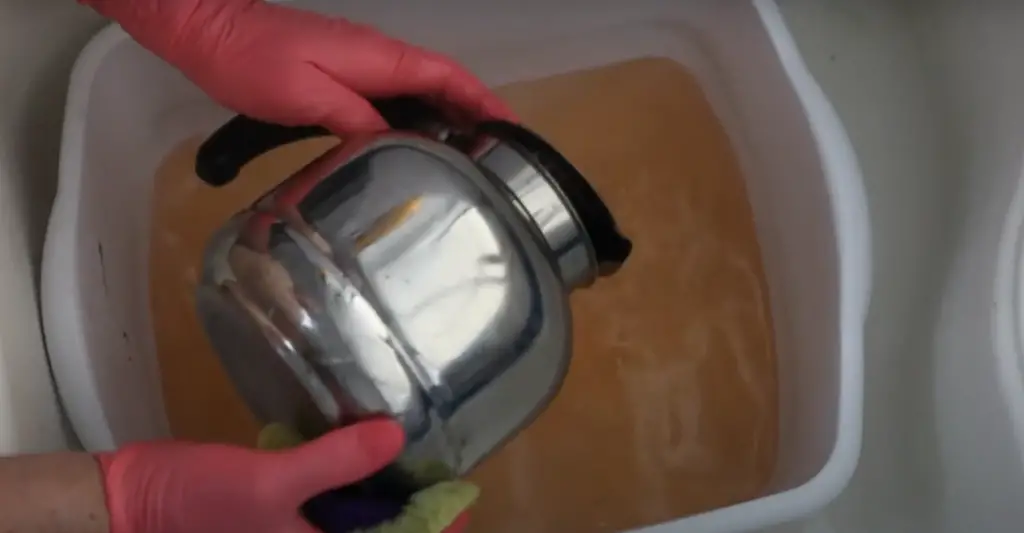
Just be sure to shake off the duster outside or over a trash can before using it again to avoid spreading the soot around.
Microfiber Cloth
If you don’t have any of the above tools on hand, you can also use a microfiber cloth to remove soot from metal. Microfiber is excellent at picking up and holding onto dust and dirt, making it perfect for this task.
Nevertheless, like with other dry cleaning processes, microfiber cloth may only partially remove solid soot from metal.
Powerful Vacuum With HEPA Filters
If you want to remove soot from metal quickly, then using a powerful vacuum with HEPA filters is the way to go. This method is especially effective if the soot is on a large surface area.
To use, simply vacuum up the soot.
When you’re finished, you can either wash the vacuum filter or throw it away, depending on how much soot was removed.Keep in mind that this method may not be suitable for all types of metal as some metals may be damaged by vacuuming.
Dish Soap or Detergent and Warm Water
If you’re dealing with soot on metal that can’t be cleaned with any of the above methods, then you can try using dish soap or detergent and warm water.
To use, simply mix together the dish soap or detergent and warm water to create a cleaning solution. Then, scrub the area with the soot using a brush or cloth.
Distilled Vinegar Mixed With Warm Water
This is a classic cleaning method that can be used on sooty metal surfaces. Simply mix equal parts of distilled vinegar and warm water in a bowl and use a clean cloth to scrub the affected area. Be sure to rinse the surface with clean water afterward to remove any residue.
You may also need to use a stiff brush or abrasive pad to loosen up tough buildup. Again, be sure to rinse thoroughly when you’re done.Baking Soda With Water and Wipe With a Damp Cloth
If you don’t have vinegar on hand, baking soda is another good option for cleaning soot off metal. Combine equal parts of baking soda and water to form a paste, then use a clean cloth or brush to scrub the affected area. Wipe the surface with a damp cloth afterward to remove any residue.
You can also try using this mixture as a hot compress if the soot is proving to be stubborn. Just apply it to the affected area and let it sit for a few minutes before scrubbing. Again, be sure to rinse thoroughly when you’re done.
Chemical Solutions
There are many ways to remove soot from metal surfaces using chemical solutions. Some of these chemicals can be found in your home, while others must be purchased from a hardware store or online.
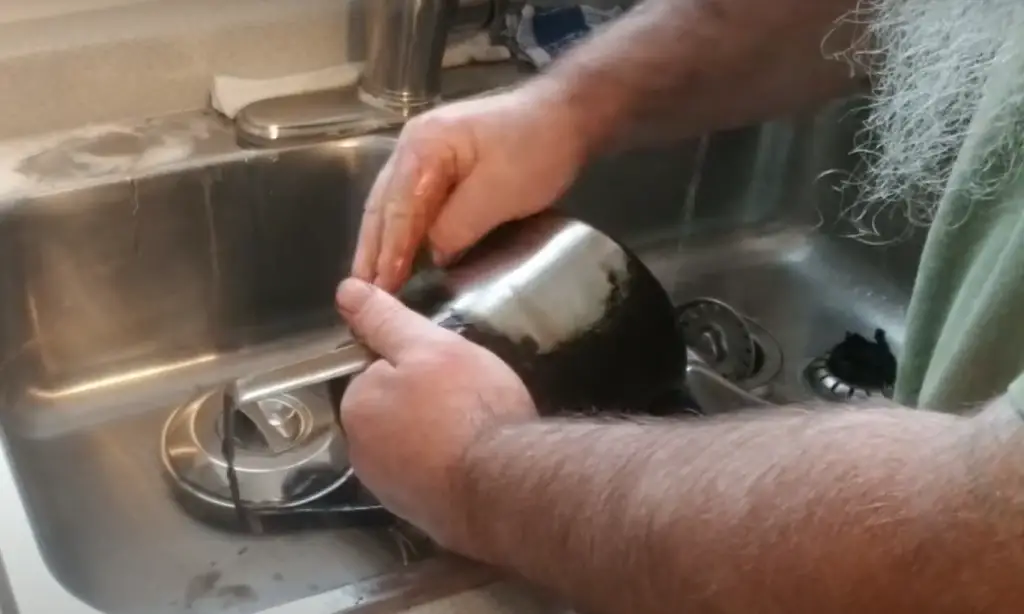
If vinegar and water don’t do the trick, you can try using rubbing alcohol. Be sure to use 70% rubbing alcohol or higher for best results. Apply it to the affected area with a clean cloth and let it sit for a few minutes before wiping it away.
If you need something stronger, you can purchase trisodium phosphate (TSP) from a hardware store. Follow the instructions on the package for the best results.
Scraper
Another option for removing soot from metal surfaces is to use a scraper. You can purchase a scraper or make your own by attaching a piece of sandpaper to a putty knife.
Gently scrape the affected area with the scraper until the soot is removed. Be careful not to scratch the surface of the metal.
If you’re dealing with soot on an outdoor surface, you can also try using a power washer.
Be sure to hold the nozzle at least 12 inches away from the surface to avoid damage.
Professional Soot Removal Service
If you’re dealing with a large amount of soot or you can’t seem to get rid of it yourself, you may need to hire a professional soot removal service.
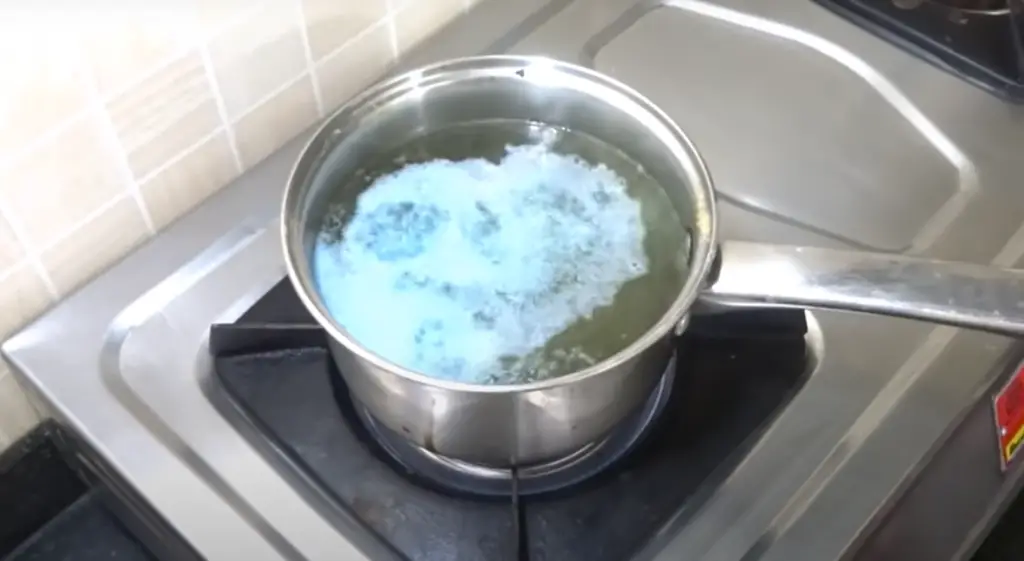
Soot removal services use special chemicals and techniques to remove soot from surfaces. They will also be able to advise you on how to prevent soot from accumulating in the future.
FAQ
What will dissolve soot?
There are a few different ways to remove soot from metal, but, unfortunately, there is no one-size-fits-all solution. You’ll need to experiment with a few different methods to see what works best for your particular situation.
One way to remove soot from metal is to use a solvent. Solvents can be effective, but they can also be dangerous. Be sure to follow all safety instructions when using solvents.
Another way to remove soot from metal is to use abrasives. Abrasives will remove the soot, but they can also damage the metal if you’re not careful. Be sure to test the abrasive on a small area of the metal before using it on the entire surface.
Does vinegar remove soot?
A useful method that often works well is to mix together equal parts of white vinegar and water, and then use this mixture to scrub the soot off the metal surface [4].
How do you clean soot off stainless steel?
Add 1/2 cup of dish soap and a gallon of water to a pail. Soak a soft cloth in the soapy water and start cleaning the stainless steel or chrome surface.
To remove the soot, rinse the rag frequently. After drying, run clean water over it and let it air dry [5].
How do you remove hard soot?
The first step is to identify the type of metal. Hard soot can adhere to a variety of surfaces, including aluminum, brass, bronze, and stainless steel. Each metal has different characteristics, so it’s important to know which one you’re dealing with before proceeding.
Once you’ve identified the metal, you’ll need to choose the right cleaning solution. For most metals, a simple soap and water solution will do the trick. You may need to use a stronger cleaner for tougher stains. Be sure to test your chosen cleaner in an inconspicuous spot before using it on the entire surface.
Will Magic Eraser remove soot?
The Magic Eraser (or comparable products) is effective in removing black soot stains from hard surfaces such as cabinets, walls, and ceilings. Simply dampen the Magic Eraser and rub the stained area in a circular motion. The eraser will lift the soot away without damaging the underlying paint or finish.
For best results, use the Magic Eraser immediately after the soot is deposited on the surface. If the soot has been allowed to set for an extended period of time, it may require additional elbow grease to remove it completely [6].
Can bleach clean soot?
The use of an extremely strong bleaching solution might remove soot stains, but it may also damage your fabric or wall surfaces. A better option is to use a commercial soot cleaner or a natural soot remover [7].
What cleans soot from a fireplace?
A fireplace is one area where soot can easily accumulate. You can clean your fireplace by using a stiff brush and sweeping the soot away. You may also need to use a vacuum cleaner with a hose attachment to remove all the soot.
What happens if you paint over soot?
If you paint over soot, the paint will not stick to the surface and will eventually peel off. Soot can also cause staining on your walls or ceilings.
Soot is a black carbon residue that is produced when something is burned. Soot can be difficult to remove, but there are some methods that may help. You can try using a strong bleaching solution, a commercial soot cleaner, or a natural soot remover.
How do you clean soot off aluminum pots?
Use a small bowl to catch any remaining water. Add some water and baking soda to the burnt areas to make a paste. Using aluminum foil, crumple up and scrub the pan clean of food particles and stained regions. Warm soapy water should be used to rinse the vessel [8].
How do you clean soot off cast iron?
There are a few ways that you can clean soot off cast iron:
One way is to use a mild detergent and warm water. You can also use a soft-bristled brush to help remove the soot;
Another way to remove soot is to use white vinegar or lemon juice. Just apply either of these to a cloth and rub it onto the affected area. Then, rinse the area with warm water. Finally, dry the area completely before using it again;
How does baking soda work on soot?
You can make a paste out of baking soda and water, which can also be used to scrub away soot. If you’re dealing with a particularly stubborn stain, you may need to resort to using a commercial cleaner specifically designed for removing soot.
Useful Video: CLEAN BLACK SOOT OFF CAMPFIRE COOKWARE PANS AND POTS
References:
- https://www.hunker.com/12526652/how-to-remove-soot-from-metal
- https://iconpropertyrescue.com/fire-damage-repair/how-to-remove-soot-from-metal/
- https://azrust.com/how-to-remove-soot-from-metal/
- https://www.restorationlocal.com/removing-soot-from-exposed-wood-and-painted-surfaces/
- https://www.ehow.co.uk/how_6114013_clean-soot-stainless-steel-chrome.html
- https://artradarjournal.com/2022/02/14/how-to-clean-soot-off-flat-paint/
- https://b-air.com/2017/10/clean-soot-fire/
- https://www.thekitchn.com/5-ways-to-clean-a-scorched-pan-252295

